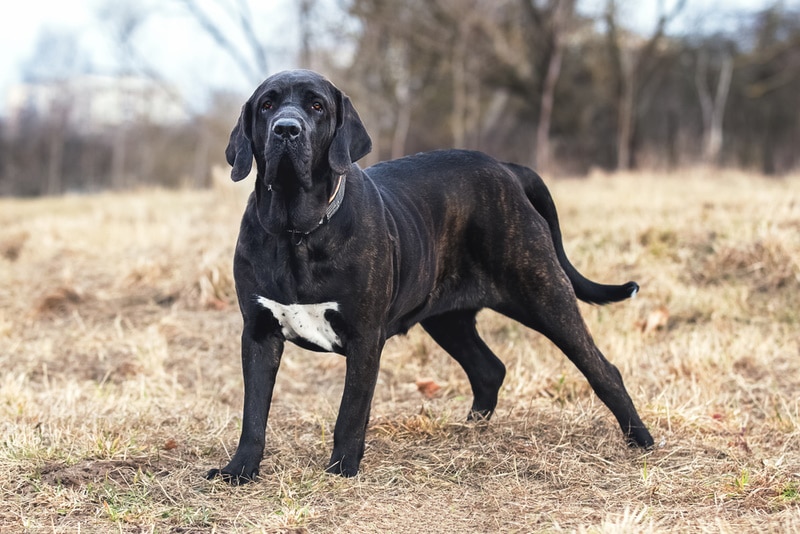How Do Different Generations Take Care of Their Pets? Statistics, Facts & FAQ
Updated on
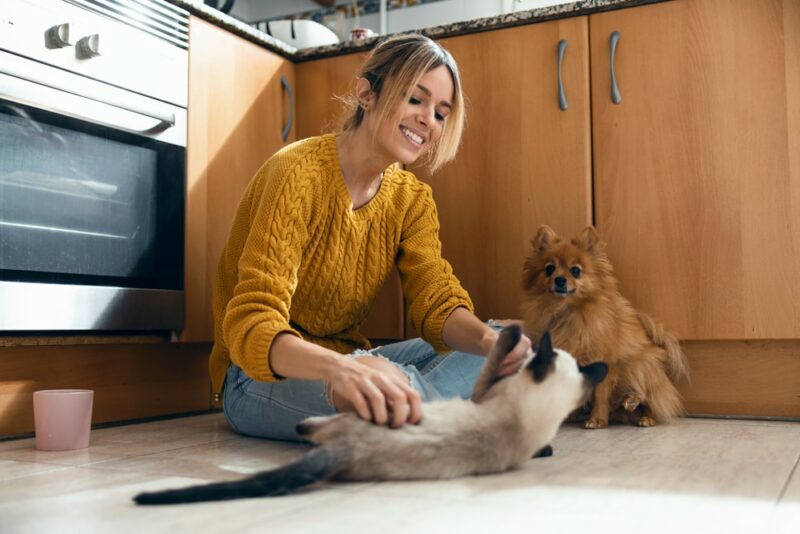
Pet ownership is rising across the globe1, with more than half of the global population sharing their home with a pet. This increase in pet ownership may be due to rising income levels and the COVID-19 pandemic. But countries witnessing expansions of the middle class are showing the most growth.
While the increase in pets is interesting, what’s more interesting is the generational divide in how each generation takes care of and views their furry family members. Seems the younger generations are more likely to spend more frivolously on their pets than previous generations.
Today we’re going to dive deeply into the statistics on pet ownership between generations. So come along with us as we look closely at each generation to see how they view their pets, how they spoil them, and which pets are most common with which age group.
Generation Classifications
Before we delve deeper, let’s look closely at what age brackets fall into each generation.
| Generation Name | Birth Years | Current Age Range |
| Gen Z | 1997–2012 | 11–26 |
| Millennials | 1981–1996 | 27–42 |
| Generation X | 1965–1980 | 43–58 |
| Boomers | 1946–1964 | 59–77 |
What Generation Owns the Most Pets?
A survey conducted in 2021 and 2022 revealed that Millennials represented the largest share of pet holders amongst all generations in the United States. The generation accounts for 32% of all pet holders, folded by Baby Boomers at 27%. Generation X represented 24%, while Gen Z accounted for the remaining 18%.
While Millennials own the most pets, it’s important to note the upward trend amongst pet owners in other generations. For example, between 2008 and 2018, the percentage of pet owners from the Baby Boomer generation increased from 27% to 32%.
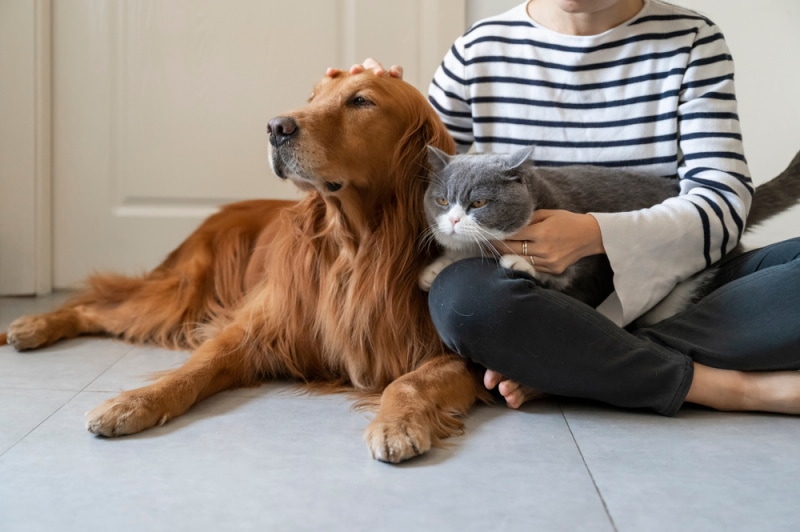
Which Generation Spends the Most on Its Pets?
American pet owners spend approximately $1,163 on their pets yearly, but there are great discrepancies in annual pet spending by generation.
At $1,885, Gen Z’ers spend the most on their pets by far. Millennials come in second place, spending approximately $1,195, with Gen X close on their heels with a yearly pet expenditure of $1,100. Finally, Baby Boomers come in last place with just $926 in pet spending per year.
Baby Boomers are far less likely than the younger generations to go into debt for the sake of their pets. According to LendingTree 2, approximately two-thirds of Gen Xers and half of the Millennials have pet-associated debts.
The LendingTree survey also shows that nearly half of all pet owners don’t have enough money on hand to cover emergency expenses of over $1,000. Thirty-six percent are willing to go into credit card debt, and 9% are open to borrowing personal loans to pay for veterinary bills.
Another survey 3 shows that 42% of Millennials have been in pet-related debt, 10% of which are currently still trying to pay it off. Thirty-six percent of all pet owners have been in debt due to pet-related expenses.

What Does Each Generation Spend on Its Pets?
You know how much money each generation spends on its pets, but what is this money going toward? Pets can be extremely expensive to take care of when you factor in food, vet visits, grooming, and training. That’s not even figuring in spending on fun things like Halloween costumes and birthday gifts.
According to Forbes 4, Gen Z pet owners are much more likely to spend money on non-essentials. Gen Z may spend the most on their pets for several reasons. LendingTree 5 reports that people in this age bracket are more likely to have pet insurance, pay for subscription boxes for their pets, and buy products for their pets specifically to post on social media. In fact, 47% of Gen Z’ers said they had spent money on pet products for social media content at least once, compared to just 8% of Baby Boomers.
The Forbes survey shows us a clearer look at what each generation is willing to spend on the non-essentials for their pet. For example, Gen Z is six times more likely than Baby Boomers to devote money to doggy daycare. Interestingly, Baby Boomers are likelier to spend money on holiday gifts than the other generations.
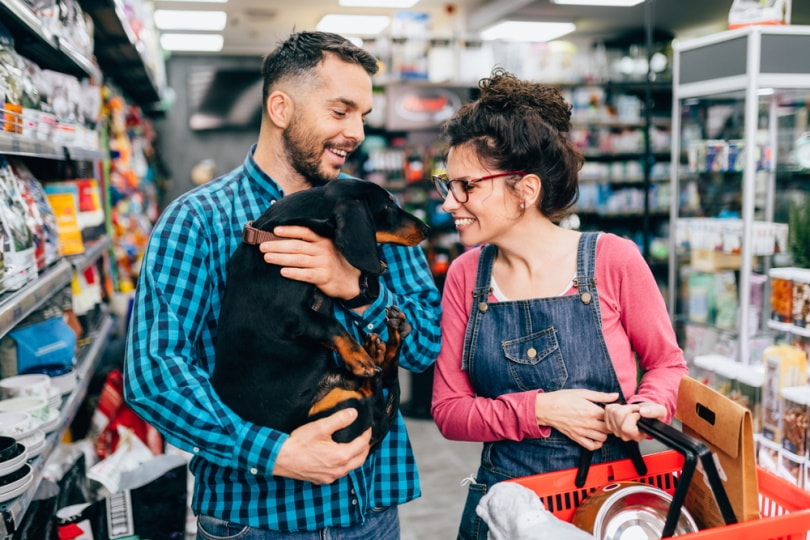
Let’s take a closer look at the Forbes survey regarding each generation’s non-essential pet-related spending.
| Expenditure | Baby Boomers | Generation X | Millennials | Gen Z |
| Behavioral training | 7% | 18% | 25% | 41% |
| Birthday cakes | 12% | 22% | 27% | 34% |
| Birthday gifts | 31% | 25% | 27% | 39% |
| Holiday gift | 42% | 33% | 26% | 34% |
| Clothing and costumes | 17% | 25% | 27% | 32% |
| Dog walking services | 6% | 20% | 26% | 31% |
| Dog daycare | 5% | 17% | 29% | 35% |
| Smart home devices for pet monitoring | 8% | 19% | 25% | 32% |
| Prescription food | 13% | 21% | 27% | 44% |
How Does Each Generation Approach Pet Insurance?
Any long-time pet owner can tell you how quickly vet bills can add up if pets fall ill or have accidents. Pet insurance has existed outside of the United States since the early 1900s, but the first pet insurance policy sold in the country wasn’t issued until 1982. So, it hasn’t been until recently that pet insurance has really taken off in the U.S. 2021 was the seventh year in a row where the industry experienced growth in the double digitals. According to NAPHIA, there are 3.9 million pets insured in the U.S., compared to just 432,000 in Canada.
But how does each generation look at pet insurance? Let’s see what a pet ownership survey from Forbes had to say.
Younger pet owners, those in the Millennial and Gen Z generations, were more likely than their older counterparts to have pet insurance policies in place already. However, Baby Boomers were seven-and-a-half times more likely than Millennials to say they had no plans on buying pet insurance in the future.

| Baby Boomers | Generation X | Millennials | Gen Z | |
| Yes, I have pet insurance | 8% | 24% | 36% | 32% |
| No, but I am planning on buying it | 14% | 20% | 21% | 30% |
| No, and I have no plans to buy | 68% | 35% | 9% | 10% |
What Pets Does Each Generation Have?
According to the Forbes survey, younger pet owners are much more likely to keep exotic pets than their older counterparts. Gen X pet owners are the least likely of all generations to have a pet that isn’t a cat or dog, while Gen Z is most likely to fan out and try their hand at keeping more exotic pets.
| Pet | Baby Boomers | Generation X | Millennials | Gen Z |
| Dog | 50% | 69% | 66% | 86% |
| Cat | 42% | 54% | 59% | 81% |
| Hamster or guinea pig | 6% | 5% | 15% | 30% |
| Bird | 10% | 7% | 20% | 46% |
| Rabbit | 6% | 8% | 19% | 28% |
| Lizards | 6% | 8% | 11% | 24% |
| Fish | 10% | 8% | 12% | 26% |
| Turtle | 5% | 2% | 7% | 22% |
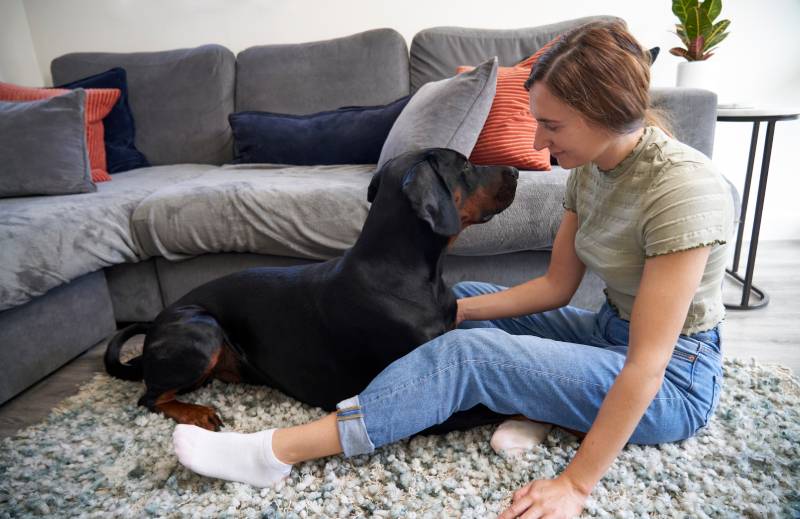
How Do the Generations View Their Pets?
Millennials and Gen Z are more likely than other generations to view their pets as children.
Studies show that 92% of Millennials are as concerned about their pet’s health as they are about their own. More Millennials would prefer spending time with their beloved fur babies than with their friends, parents, and spouse combined. Nineteen percent of Millennials would give up their job before they would give up their pet. If that’s not enough to show just how much pets mean to Millennial pet owners, 86% of them would risk their own lives to save their pets.
Another survey suggests that while 81% of Millennials admitted they loved their pets more than some of their family members, they weren’t alone. Seventy-six percent of Gen X and 77% of Baby Boomers said the same. Fifty-seven percent of Millennial respondents reported loving their sibling less than their pet, and 50% loved their pets more than their mother.
Though the oldest Gen Z’ers are only in their mid-20s, it’s clear that their view of pets is much similar to that of Millennials. This may be due partly to the fact that programs like Pets in the Classroom exist. This grant program supports teachers in enhancing their student’s development by interacting with pets visiting their classroom. At the time of writing, 223,060 pets have been introduced into classrooms, affecting 8.9 million students throughout the United States and Canada.
A study from Rover showed that nearly ¼ of Millennials and Gen Z’ers delayed having children and brought home a pet instead because pets are cheaper than kids.
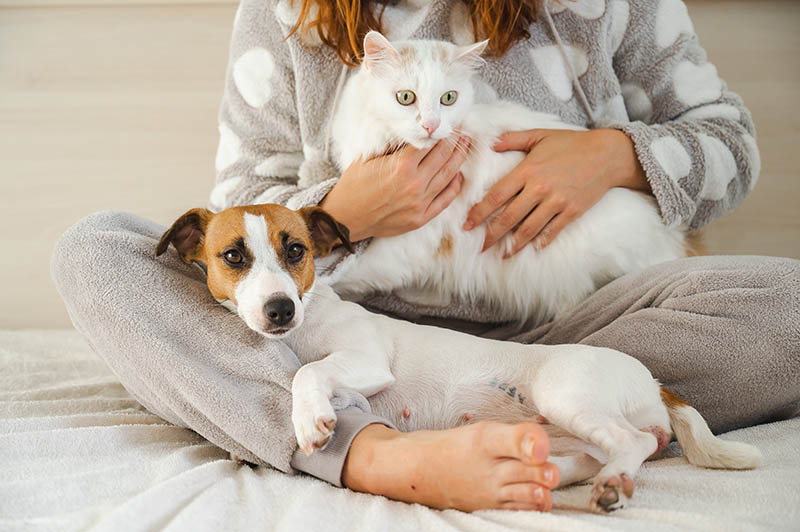
In Conclusion
We all love our pets, no matter what generation we come from. But there are clear differences in how we care for our pets and what we spend on them based on our generation.
Millennials have more pets than the other generations and are more likely to have pet insurance. Gen Z is much more likely to spend money on non-essential pet items, like birthday gifts, and are more likely to pull out their wallets for prescription food and behavioral training. In the same breath, Baby Boomers, who are least likely to go into debt for the sake of their pets, are more likely than any other generation to spend money on holiday gifts for their furry family members.
While we can draw conclusions about each generation’s views of pet ownership from the statistics above, one thing is clear. We all love our pets and deeply appreciate the joy they bring into our lives.
Featured Image Credit: Josep-Suria-Shutterstock


